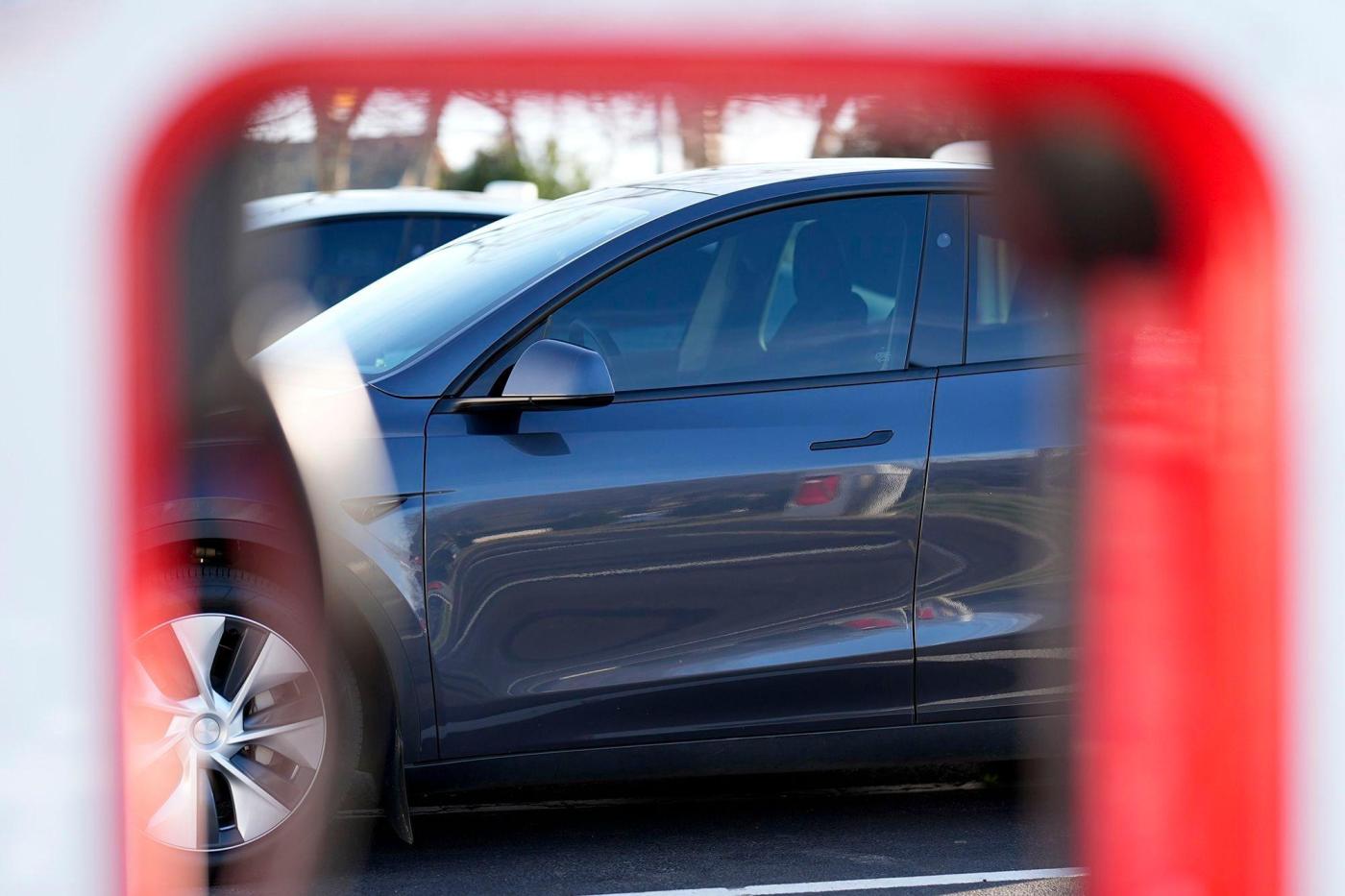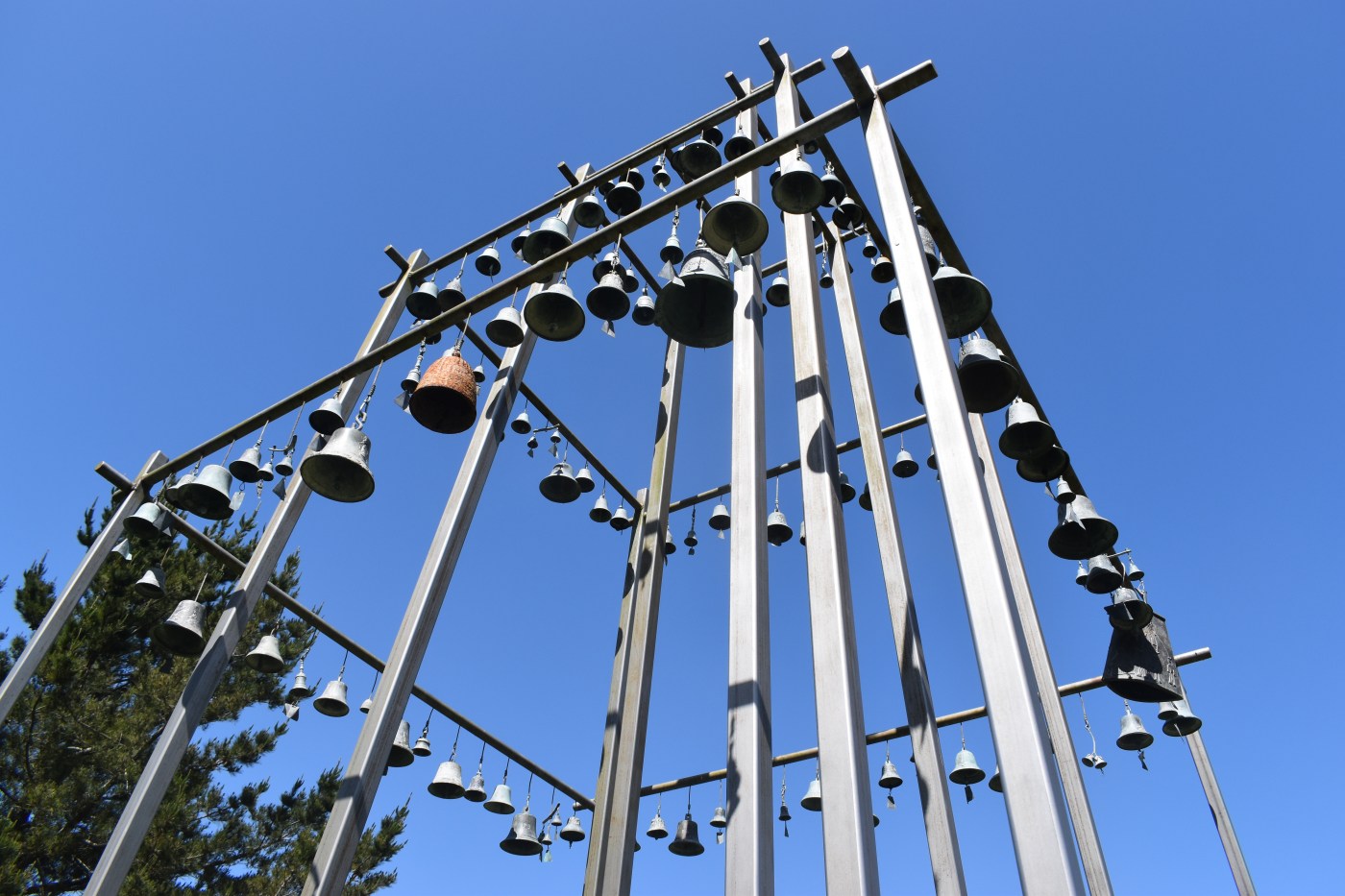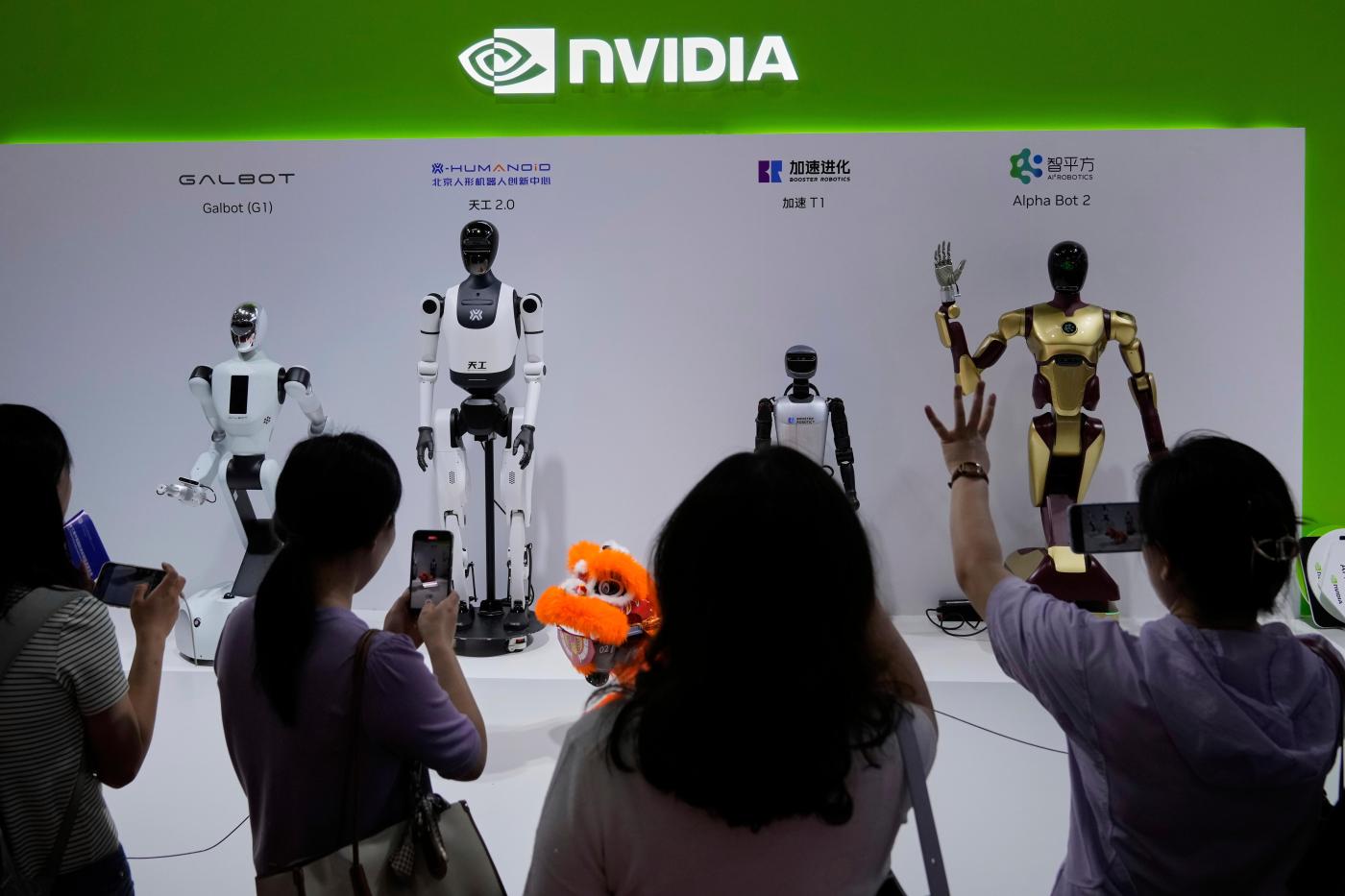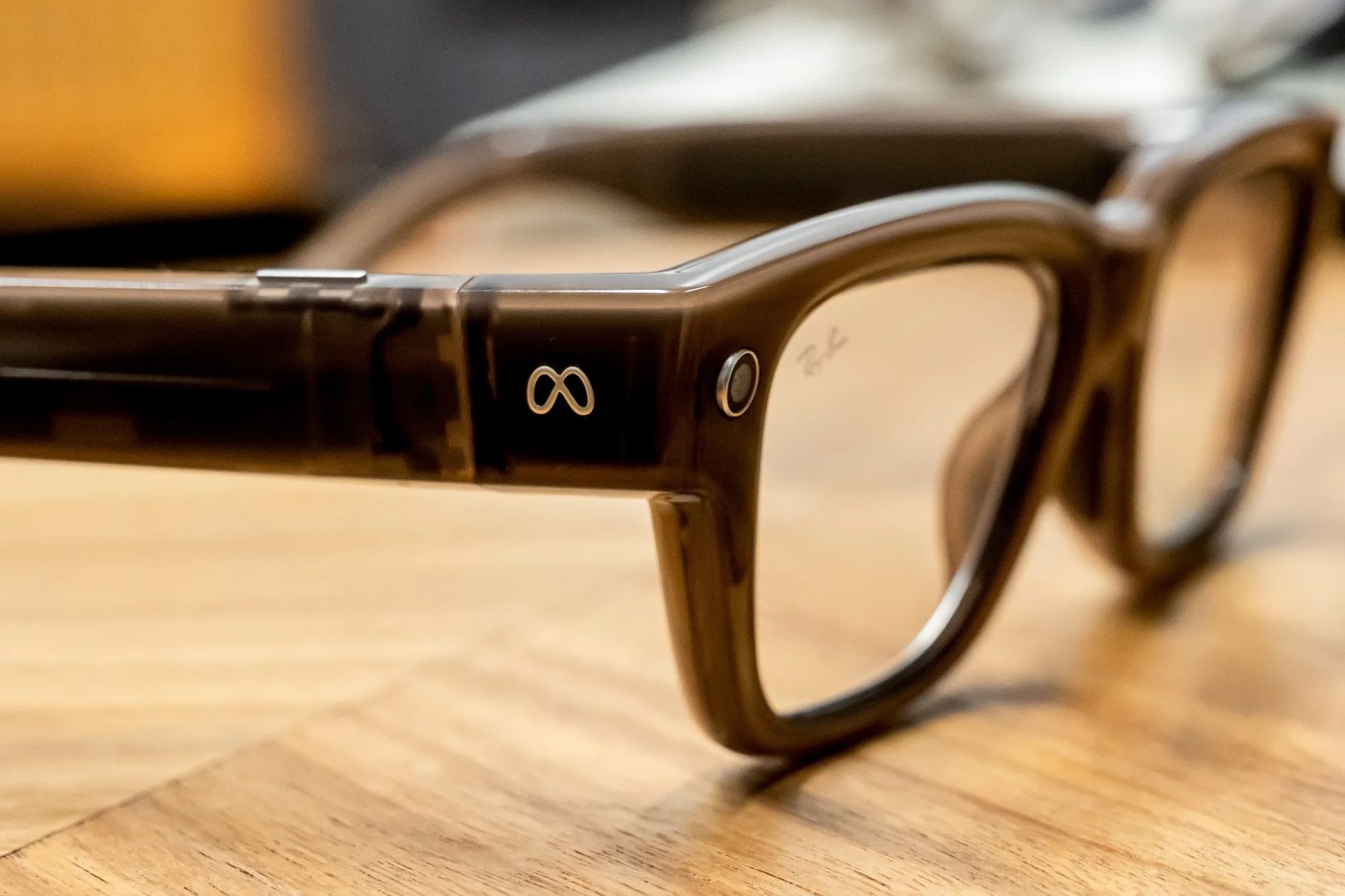By Matthew Miller, Hannah Elliott and Kara Carlson, Bloomberg
Tesla Inc. is working on a redesign of its door handles, which have drawn scrutiny over safety incidents that trapped passengers inside their vehicles.
Franz von Holzhausen, Tesla’s longtime design chief, said the company is looking to combine the electronic and manual door-release mechanisms, which are currently in separate locations. He said the decision is intended to make the handles more intuitive for occupants in “a panic situation.”
Related Articles
Tesla settles another fatal crash suit ahead of East Bay jury trial
Tesla faces US auto safety investigation over door handles
Musk’s $1 billion Tesla stock buy sends shares up for 2025
Tesla pivots to robots as investors question sales and soaring valuation
Tesla chair says Musk’s political engagement Is ‘up to him’
“The idea of combining the electronic one and the manual one together into one button, I think, makes a lot of sense,” he said Wednesday in an interview for Bloomberg’s Hot Pursuit! podcast. “That’s something that we’re working on.”
Tesla’s handles have drawn attention after a Bloomberg News investigation this month uncovered a series of incidents in which people were injured or died after they were unable to open doors after a loss of power, particularly after crashes. The National Highway Traffic Safety Administration has received more than 140 consumer complaints related to doors on various Tesla models getting stuck, not opening or otherwise malfunctioning since 2018, Bloomberg found.
NHTSA, the US auto safety regulator, this week opened an investigation into whether some Tesla doors are defective, citing incidents in which exterior handles stopped working and trapped children inside. The probe, which covers an estimated 174,290 Model Y SUVs from the 2021 model year, “will also assess the approach used by Tesla to supply power to the door locks and the reliability of the applicable power supplies,” the agency said.
Von Holzhausen didn’t specify what prompted the company to explore a redesign. Tesla didn’t immediately respond to a request for further comment.
Common Design
In his 17 years at Tesla, von Holzhausen has led design development across its vehicle lineup as well as Tesla’s recently launched diner in Los Angeles.
Tesla vehicles are equipped with interior manual releases, but the locations can be difficult to find, particularly for passengers in the rear seats. The placement varies by model and year. Exterior door handles can also become inoperable in the event of power loss.
The door design is not unique to Tesla, but the carmaker has popularized certain traits, including flush-to-the-door handles. Critics have said the design can complicate rescue efforts and put the onus on passengers to find manual release latches they’re not accustomed to using.
Teslas fare well in government-administered crash tests, but most tests are designed to measure impact survivability and not whether occupants can get out of the vehicle afterward. In China, a top regulator is reportedly considering a ban on fully concealed door handles, and Europe has implemented incremental measures to improve post-crash rescue protocols.
Tesla is currently studying details of the potential change in China, von Holzhausen said, and is ready to make necessary changes.
“We’ll have a really good solution for that,” he said.
More stories like this are available on bloomberg.com
©2025 Bloomberg L.P.




